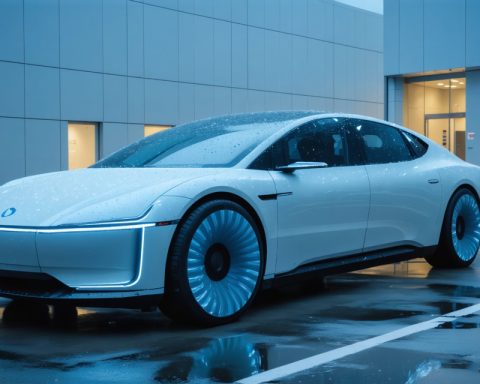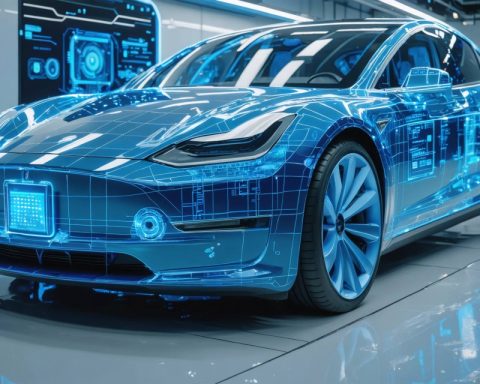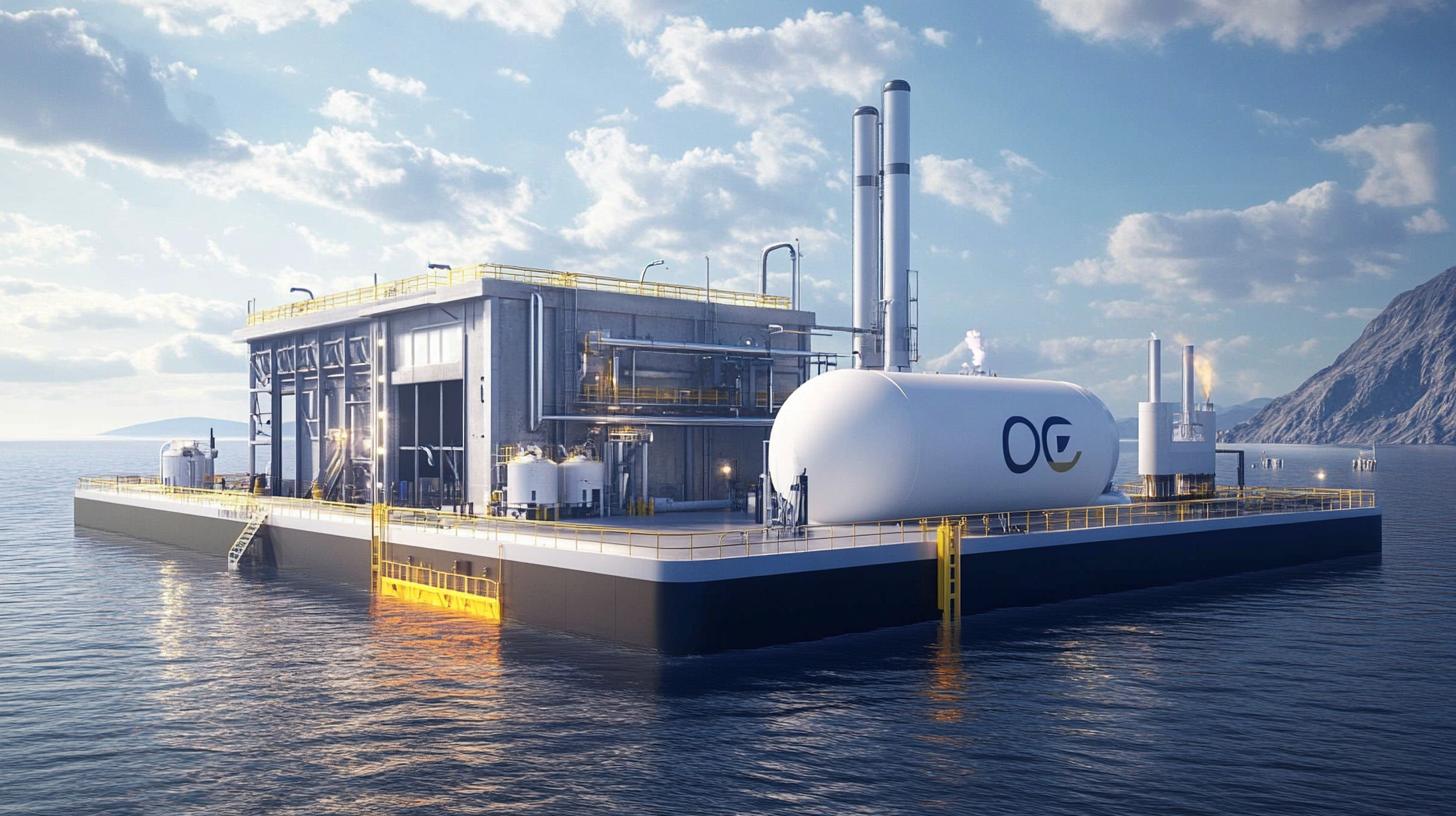- By 2035, California aims to eliminate gas-powered vehicle sales, influencing nationwide automotive industry trends.
- 2026 mandates require 35% of car sales to be zero-emission, pressuring dealers and manufacturers into rapid transformation.
- Current sales of zero-emission vehicles lag, compelling automakers to enhance electric vehicle offerings or face substantial fines.
- Infrastructure challenges exist, with 178,000 chargers in California, but charging times and outdated technology hinder progress.
- New policies demand rapid installation of chargers in residential and hospitality projects, yet technological updates lag behind.
- Global supply chain issues and potential U.S. policy shifts could affect the cost and availability of necessary components.
- California’s initiative reflects urgency in climate action, marking a pivotal shift in market dynamics and ecological expectations.
California, a beacon of environmental ambition, is steering toward an audacious goal: eliminating the sale of gas-powered vehicles by the year 2035. Such a proposal isn’t merely a footnote in the battle for a greener planet; it’s a wrestling match with the future of the entire automotive industry. With a mandate that insists 35% of all 2026 vehicles sold in the state must be zero-emission, dealers and manufacturers are in the throes of a transformation that could ripple through car prices and availability.
The Golden State’s Accelerating Dilemma
Right now, the numbers paint a troubling picture. The California New Car Dealers Association shows only a 22% zero-emission vehicle sales rate, barely nudging past last year’s figures. This slow progress leaves automakers at a crossroads, facing steep penalties for noncompliance—a daunting $20,000 for every car sold that doesn’t meet the criteria.
Manufacturers find themselves trapped in a regulatory maze. Giants like Stellantis and Toyota have committed to channeling more electric vehicles to meet the mandate, yet they fret over jeopardized consumer choice. For the everyday buyer, this could spell fewer options and steeper price tags. Meanwhile, the lucrative trade in regulatory credits continues unabated, with Tesla reaping nearly three-quarters of a billion dollars in one quarter alone.
Charging Ahead
The pathway to an electric utopia isn’t spread with mere intentions; it demands infrastructure—massive, accessible, and future-proof. As of mid-2024, California bolstered its electric network with 178,000 chargers, eclipsing its gasoline nozzles by 48%. Yet, the journey from pump to plug isn’t swift. Charging takes longer than traditional fueling, and while a fix is in the works, it demands strategic placement and increased speed.
Josh Boone of the nonprofit Veloz sheds light on the effort to align charging capabilities with spiraling EV demands. Charging must be seamless, and new installations now grace half the parking spaces in new residential and hospitality projects. Yet, the technology struggle persists. Many existing chargers clamor for upgrades; rapid technological advancements have overridden older systems without universal standards, creating a disjointed network. Chadwick, a senior manager at CGO Solutions, highlights the 18-month lag from-site lease to operational charging—a sluggish pace that technology’s slipstream will only widen.
Tariffs and Uncertain Promises
Complicating the landscape further are global supply chains and uncertain U.S. policy moves. President Trump’s threats to retract Biden’s environmental funding echoes like a thunderclap, casting doubt over the sustainability initiatives rooted in federal support. Even as California tries to flex its green muscles, the specter of tariffs looms large, making overseas-sourced components for chargers more costly.
Yet, through these torrid adjustments, hope stands resilient. California’s push reflects an urgent pivot; it echoes the growing realization that to mitigate climate change, bold action eclipses careful deliberation. But in doing so, the state gambles with its market dynamics, grappling not just with logistics but with the ecological expectations of nationwide audiences.
In this dance of progress and consequence, California remains steadfast. The transition to electric vehicles is more than a local decree. It’s a critical experiment in sustainable policy, whose ripples could reach every corner of the nation. As markets brace for change and infrastructure lays the groundwork for the electrifying future, the imminent challenge isn’t just technological—it’s fundamentally human, a testament to our collective resolve to steer towards a cleaner horizon.
The Future of Driving: California’s Bold Move to Ban Gas Cars and Its Impact on the Automotive Industry
California’s Ambitious Plan for Zero-Emission Vehicles
California’s decision to phase out the sale of gas-powered vehicles by 2035 is a landmark effort to promote sustainability and combat climate change. By mandating that 35% of all vehicles sold in the state be zero-emission by 2026, California is setting a precedent that could reshape the automotive industry worldwide.
How to Transition to EVs: Steps for Buyers
1. Understand Your Vehicle Needs: Assess your driving habits to determine the range and type of electric vehicle (EV) that suits your lifestyle.
2. Explore Incentives: Check for state and federal incentives that can significantly reduce the cost of purchasing an EV.
3. Charging Station Research: Identify charging stations in your area and consider installing a home charger for convenience.
4. Test Drive Multiple Models: Try different EV models to discover which one offers the best performance, comfort, and features for you.
5. Budget for Long-Term Savings: Consider the overall cost of ownership, including savings on fuel and maintenance.
Industry Trends: The Shift to Electrification
– Growing Market Share: EVs are expected to represent a significant portion of automotive sales, driven by consumer demand and regulatory requirements.
– Technological Advancements: Innovations in battery technology are increasing EV range and reducing charging times, making EVs more accessible to a wider audience.
– Infrastructure Expansion: Investments in charging infrastructure are growing, with public and private entities expanding networks to ensure adequate coverage.
Reviews & Comparisons: EV Models to Watch
– Tesla’s Dominance: Led by strong brand loyalty and a robust charging network, Tesla remains a frontrunner in the EV market.
– New Competitors: Companies like Rivian and Lucid Motors are introducing high-performance models with luxury features.
– Affordable Options: Nissan and Chevrolet offer budget-friendly choices, prioritizing affordability without compromising essential features.
Controversies & Limitations in EV Adoption
– Initial Costs: Despite incentives, the upfront cost of EVs remains a barrier for many buyers.
– Charging Challenges: Limited fast-charging infrastructure and variable charging times can be concerns, especially for long trips.
– Supply Chain Dependencies: Manufacturing relies heavily on materials like lithium, posing potential risks if global supply chains are disrupted.
Pros & Cons Overview
Pros:
– Reduced carbon emissions
– Lower long-term maintenance costs
– Incentives and rebates available
Cons:
– Higher initial purchase price
– Lack of universal charging infrastructure
– Potential charging inconvenience compared to gas stations
Market Forecasts and Predictions
Experts predict a significant increase in the electric vehicle market share as prices decrease and infrastructure improves. By 2030, electric vehicles might comprise over 30% of global car sales, driven by both policy initiatives and consumer demand for cleaner alternatives.
Actionable Recommendations for Consumers
– Stay Informed: Keep up-to-date with local policies and industry news to make informed decisions about EV adoption.
– Consider a Hybrid as a Transitional Step: If not ready for a full EV, hybrids offer reduced emissions with some benefits of electric driving.
– Plan Your Charging Strategy: Ensure you have access to nearby charging facilities or consider the feasibility of a home charger installation.
Click-Worthy Links
To learn more, visit the [California Air Resources Board](https://www.arb.ca.gov) and explore the latest updates on California’s environmental initiatives.
California’s ambitious goals signal a transformative period for the automotive sector, emphasizing the need for a balance between innovation and practicality. The journey toward an electric future is underway—one that will depend not only on technological breakthroughs but also on societal readiness to embrace change.

















